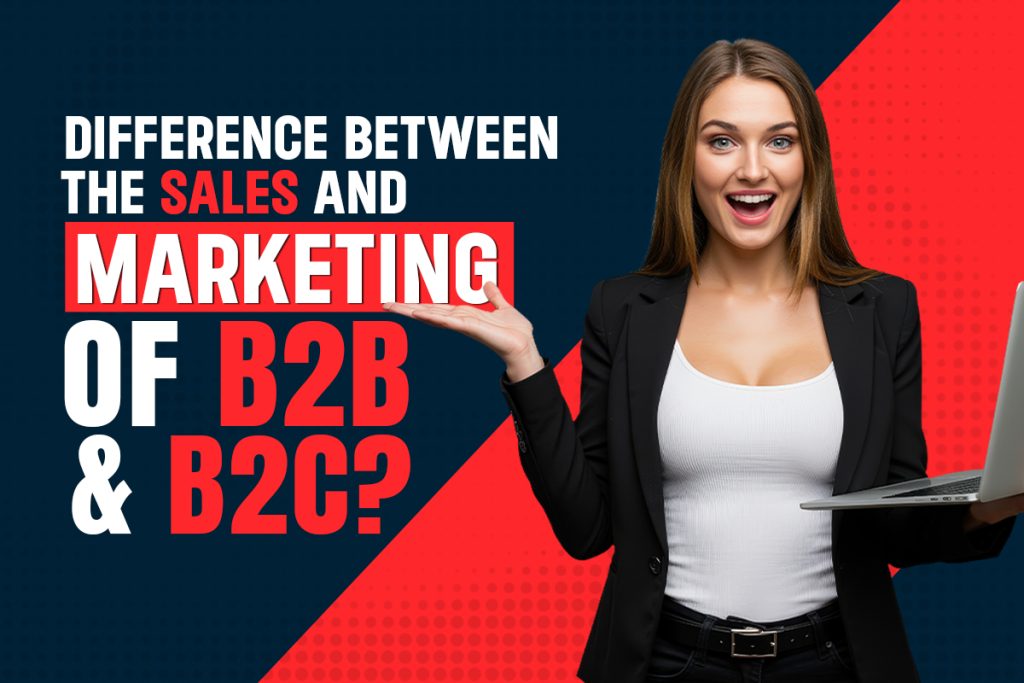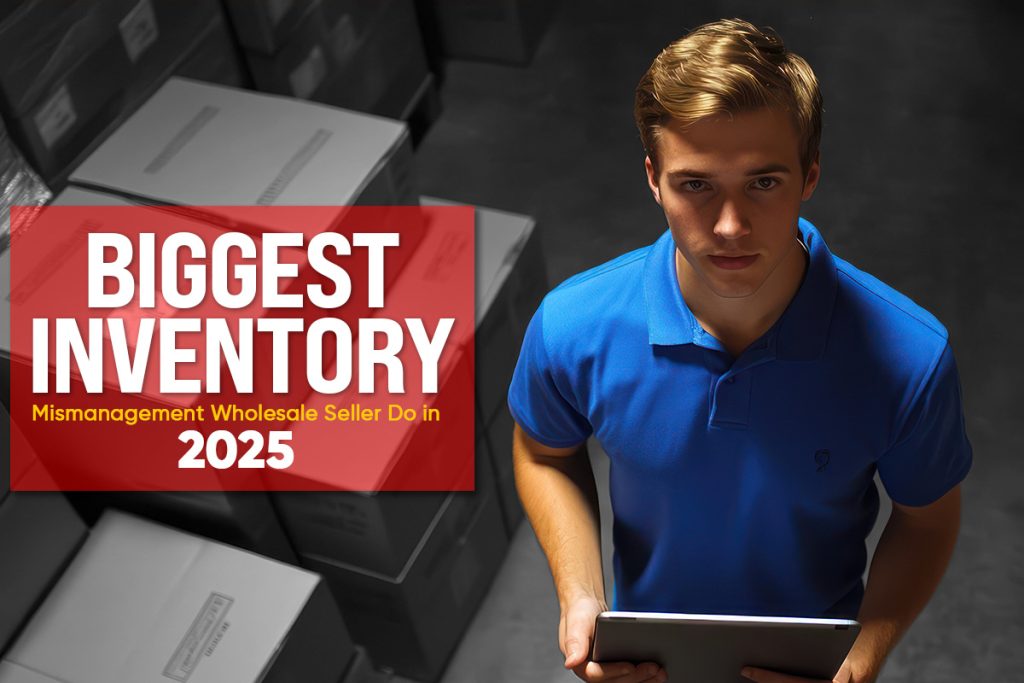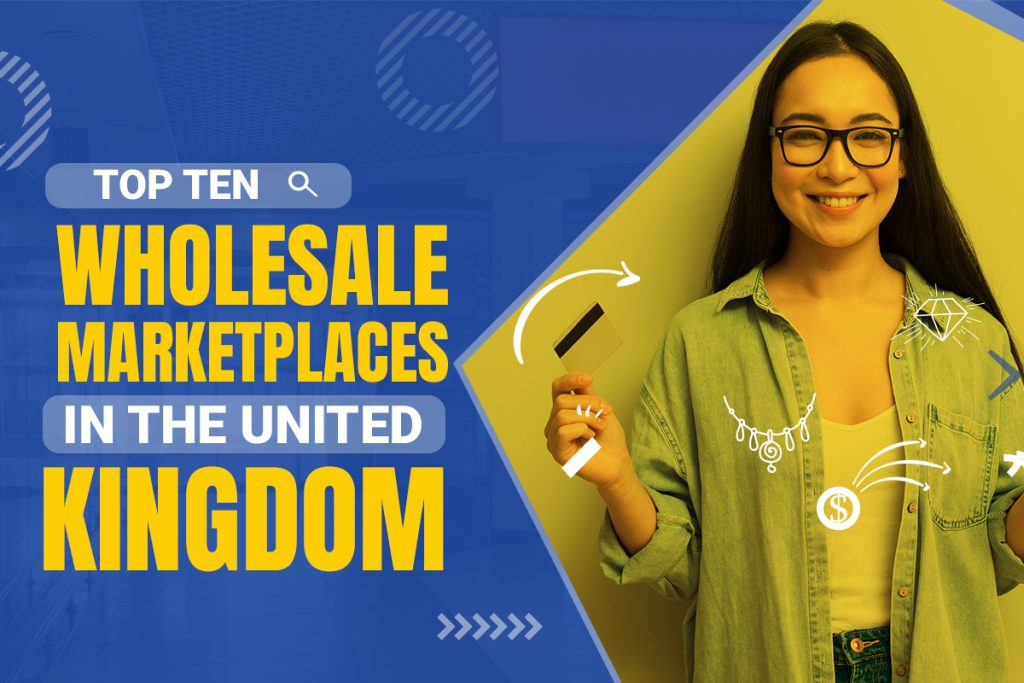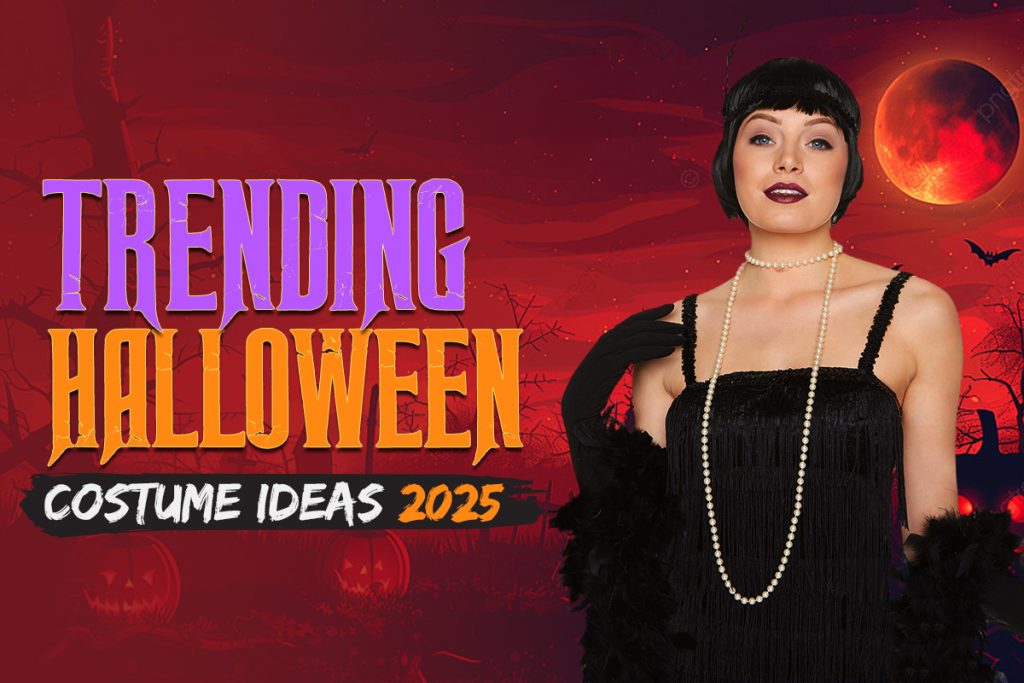In today’s dynamic corporate environment, the distinction between business-to-business (B2B) and business-to-consumer (B2C) marketing and sales extends well beyond the target market. From the initial introduction to the last handshake or transaction, it is a multi-layered system of relationships, decision-making patterns, emotional triggers, and messages based on values that influence every interaction.
It is helpful to explore with Wholesale Connections for the perspectives of both the expert and the average consumer to completely comprehend the differences between Sales and Marketing of B2B and B2C and recognize the distinct routes that each can take.
The Core of Sales and Marketing of B2B and B2C
B2B: Earning Confidence from Key Stakeholders
In business-to-business (B2B) marketing and sales, businesses are the focus, not people. With several decision-makers, such as procurement officers, senior executives, or technical advisers, each with their interests and expectations, the process is frequently more intricate.
This is a long-term process that requires strategy, consistency, and a firm understanding of the client’s goals. The discussion centres on measurable results, return on investment, and the need for long-term cooperation. The goal of every pitch, email, and piece of content is to inform, reassure, and earn trust.
B2C: Inspiring Desire and Quick Decisions
B2C, on the other hand, is focused on the individual customer. Usually, the experience is quicker, motivated by ease, emotion, and the need for immediate gratification. Excitement, urgency, and brand connection are the goals of the messaging.
Emotional appeal is important even if it’s frequently a one-time encounter. Using compelling narratives, eye-catching imagery, and social proof to encourage action, brands seek to establish human connections.
Key Differences of B2B and B2C Sales Cycles
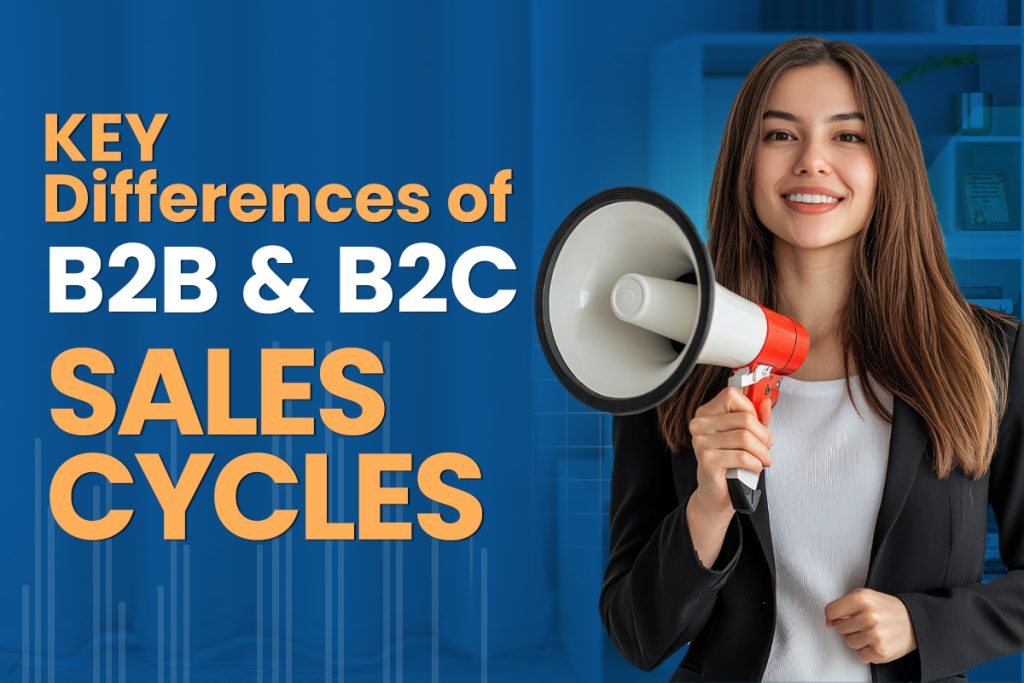
B2B: Strategic and Steady
B2B selling unfolds through a carefully planned series of steps. It often starts with lead generation via trade shows, webinars, or referrals, followed by qualifying leads, identifying needs, submitting proposals, negotiating, and finally sealing the deal.
Supporting materials like whitepapers, case studies, and product demos help back up claims. These deals usually involve a large budget and long-term commitments. Credibility is key, and timelines can span months or even longer.
B2C: Speedy and Spontaneous
In B2C, the cycle is fast-paced. A customer may go from seeing an ad to buying a product within hours, or even minutes. Their decision is often emotional, swayed by discounts, online reviews, or catchy content.
The goal is to reduce friction, simplify the buying process, and meet expectations quickly. While retaining customers matters, the initial sale is the primary target.
Logic Vs Emotion in B2B and B2C Strategies
B2B: Data-Driven and Educational
B2B marketing is rooted in logic. The content is technical, detailed, and designed to address specific pain points. Whitepapers, webinars, and case studies are the tools of the trade, providing the evidence needed to justify a business investment. The language is precise, the tone authoritative, and the goal is to establish the brand as a thought leader in its field.
B2C: Storytelling and Sensation
B2C marketing, in contrast, is a masterclass in storytelling. The content is visually rich, emotionally charged, and designed to entertain or inspire. Social media campaigns, influencer partnerships, and viral videos are the norm. The messaging taps into aspirations, fears, and desires, creating a sense of belonging or exclusivity that drives engagement and loyalty.
Platforms to Reach Your Sales and Marketing Goals
B2B: Direct Contact and Expert Communities
In the B2B space, outreach happens through professional networks, targeted email campaigns, and focused strategies like account-based marketing. Participation in industry events, training sessions, or meetups helps nurture meaningful connections. The goal is precision over volume, building relationships that convert over time.
B2C: Social Buzz and Wide Reach
B2C marketing shines on platforms like TikTok, Instagram, and YouTube, where content can go viral overnight. Strategies include influencer tie-ins, interactive campaigns, and time-limited offers. Paid ads, seasonal sales, and high-impact visuals aim to grab attention and spark immediate responses.
Most Suitable Platform for B2B Sales and Marketing
The most suitable platform for B2B marketing in the UK is Wholesale Connections. The goal of Wholesale Connections is to enable companies to build more robust and lucrative supply chain connections. They link buyers with reliable wholesale suppliers, expedite the procurement process, and help businesses achieve new efficiencies by utilizing sophisticated data analytics, individualized support, and a thorough awareness of market trends.
They are a strategic partner that adds clarity, confidence, and value to every transaction, whether your goal is to grow your network, improve your purchasing strategy, or keep ahead of market changes.
Collective Vs Individual Decision-Making
B2B: Team Involvement and Multiple Layers
B2B decisions aren’t made by just one person. There’s often a group involved, from IT and finance to operations and leadership. Each person has a say, based on criteria like compatibility, budget, and support. Sales professionals must navigate this carefully, aligning messages to everyone’s concerns and uniting them under a shared solution.
B2C: Personal Feelings and Fast Choices
In B2C, it’s usually one person (or a family) making the call. Personal taste, brand image, and emotional pull are key factors. With fewer barriers to purchase, brands need to stand out fast and earn trust quickly to clinch the deal.
Partnership Vs Simple Transaction
B2B: Ongoing Collaboration
B2B relationships are meant to grow over time. The aim is to be seen not just as a wholesale supplier, but as a reliable partner. This involves regular check-ins, customer success teams, and being proactive about adding value. Since each client brings significant revenue, keeping them satisfied and upselling is a priority.
B2C: Repeat Business and Brand Affinity
In B2C, the focus shifts after the first sale to turning customers into repeat buyers. Loyalty programs, personalized deals, and stellar service keep them coming back. Creating a positive, memorable brand experience can lead to lifelong fans and word-of-mouth referrals.
Personalization Vs Automation for Sales Generation
B2B: Analytics and Personalization
B2B sales and marketing are increasingly driven by data. Advanced analytics, CRM systems, and AI-powered tools enable businesses to segment their audience, personalize outreach, and forecast sales with remarkable accuracy. Technologies like natural language processing are transforming the way companies understand customer needs, automate processes, and improve decision-making.
B2C: Automation and Engagement
B2C brands leverage automation to manage large volumes of interactions, from personalized email campaigns to chatbots that handle customer queries. Data analytics helps identify trends, optimize campaigns, and deliver relevant content at scale. The goal is to create a seamless, engaging experience that feels personal, even when reaching millions.
Conclusion
The split between Sales and Marketing of B2B and B2C is shaped by more than just the end recipient. It mirrors how choices are made, what motivates buyers, and the nature of the relationship built. B2B is about logic, patience, building authority, and growing long-term partnerships. B2C is about emotion, speed, captivating storytelling, and delivering satisfaction in the moment.
Both approaches demand a strong understanding of audience needs, smart content strategies, and the agility to evolve with shifting expectations. As technology progresses, the gap between the two may narrow, but one thing remains: know your customer, speak their language, and provide value with every interaction.

